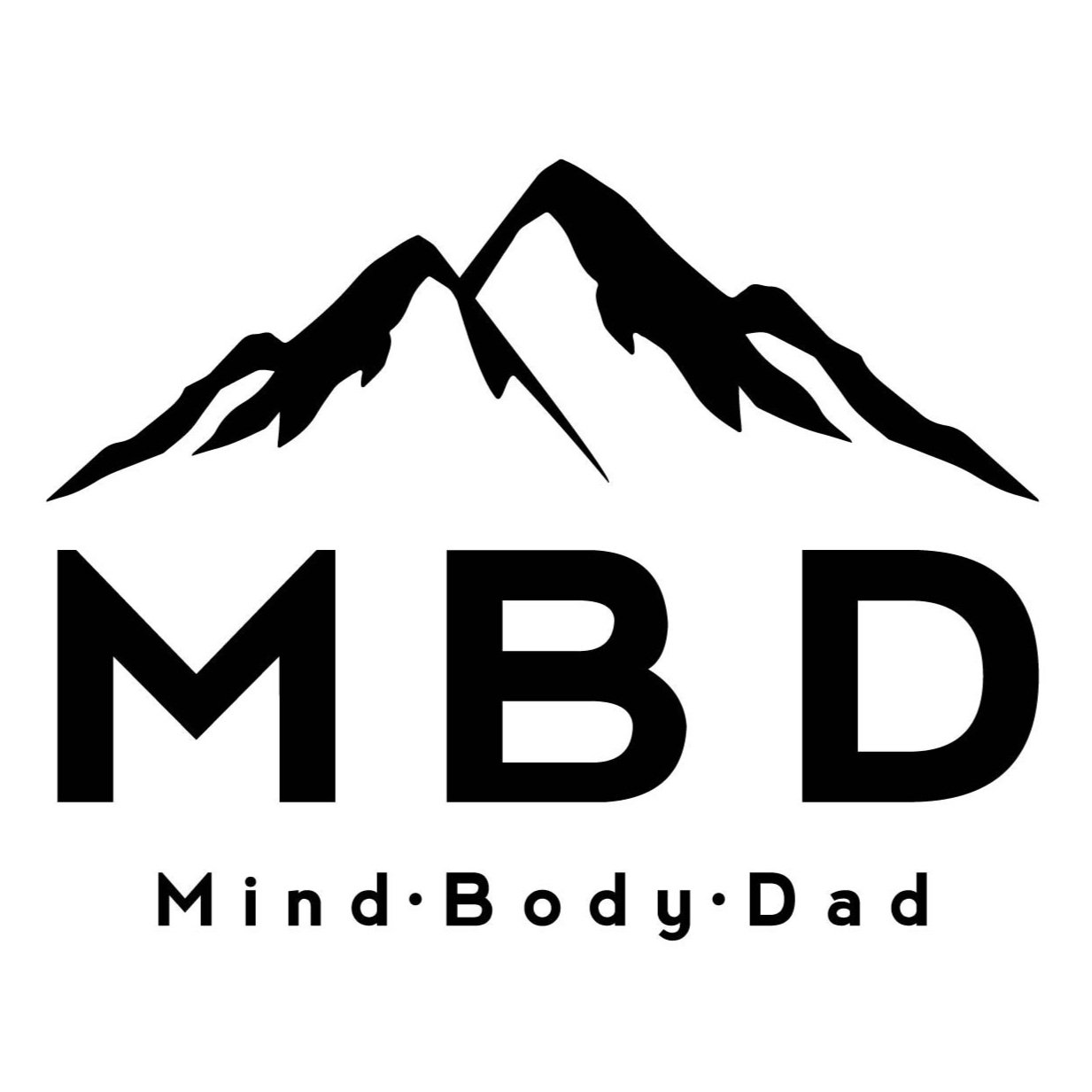What Makes Hearing Protection Essential for Workers in Noisy or Industrial Settings
Written by Austin Tiu.
Employees exposed to continuous loud noises in various industries face hearing risks that can lead to irreversible damage. The Occupational Safety and Health Administration (OSHA) establishes regulations and noise exposure limits for worker safety. Hearing loss from prolonged noise exposure can negatively affect quality of life, resulting in communication issues, emotional distress, and decreased productivity.
Effective hearing protection solutions will secure the workforce's well-being. Understanding the necessity of hearing protection and the various options available can empower workers to safeguard their hearing while on the job.
Understand Noise-Induced Hearing Loss
Noise-induced hearing loss (NIHL) is a permanent condition resulting from exposure to harmful sound levels. The damage occurs primarily in the hair cells of the cochlea in the inner ear, which do not regenerate. Even short bursts of loud noise can cause acoustic trauma. Millions of workers are still exposed to dangerous noise levels. Engaging in noisy environments without adequate hearing protection can lead to cumulative hearing loss.
The severity of NIHL is linked to the intensity and duration of exposure, accentuating the importance of consistent protection measures. Workers need to recognize the signs of hearing loss, which may initially present as ringing in the ears or difficulty understanding conversations. Knowing these risks enables better personal and organizational responsibility regarding auditory health.
Types of Hearing Protection Available
There are various hearing protection devices suited for different industrial scenarios. Earplugs and earmuffs represent the two primary categories of hearing protection. Earplugs fit directly into the ear canal and are made from foam, silicone, or custom materials. They are lightweight, portable, and suitable for environments where space is limited. You can find custom earplugs in Toronto that conform to individual ear shapes and improve comfort and acoustic protection. Earmuffs cover the entire ear and are cushioned for comfort. They offer a higher Noise Reduction Rating (NRR) and are ideal for extreme noise scenarios.
There are semi-insert earplugs that combine features from both types for added versatility. Selection of the appropriate device hinges on assessing the noise levels, duration of exposure, and personal comfort preferences.
The Importance of Proper Fit and Use
The effectiveness of hearing protection relies on proper fit and correct usage. Ill-fitting devices can lead to inadequate protection and render them ineffective against noise hazards. When earplugs don’t create a seal in the ear canal, sound can sneak through and compromise the device's intended noise-blocking capabilities. Earmuffs cover the entire ear without gaps and maximize their protective benefits.
Regular inspections for wear and tear can determine whether devices remain effective or need replacement. Workers should be trained on how to insert or wear their hearing protection correctly, emphasizing the significance of consistent use regardless of noise intensity. Developing good habits early on reinforces the necessity of reliable hearing protection in daily routines.
Legal Regulations and Standards
The Occupational Safety and Health Administration (OSHA) and the American National Standards Institute (ANSI) set the standards to protect workers from hazardous noise levels. OSHA mandates that when the noise exposure level exceeds 85 decibels over an eight-hour shift, companies must implement a hearing conservation program. Provide appropriate hearing protection, conduct regular hearing tests, and maintain records of employee exposure.
The ANSI provides guidelines for the design and use of hearing protection devices to comply with safety standards. Employers must stay informed about federal and state regulations to create safe working conditions. Being compliant protects employees’ hearing health and shields companies from potential legal liabilities.
Training and Awareness Programs
Education promotes hearing safety in the workplace. Training programs raise awareness around the risks of noise exposure and effective methods of hearing conservation. Employees should receive comprehensive training on the importance of hearing protection, how to select appropriate devices, and the correct way to use them. Demonstrating different hearing protection options and their proper application can engage workers and encourage dialogue about hearing health.
Periodic refresher courses can boost ongoing awareness. Creating informative materials can strengthen the message of hearing safety. Participation in workplace safety events can build a culture centered on effective hearing conservation practices.
Frequent Hearing Assessments and Self-Monitoring
Many organizations incorporate annual hearing tests as part of their hearing conservation programs. These assessments can pinpoint any changes in hearing thresholds, enabling immediate interventions. Workers should remain vigilant about their auditory health, paying attention to signs of potential hearing issues. Experiencing muffled sounds or difficulty following conversations in noisy environments can indicate a decline in hearing capability.
During peak periods of activity, keep track of noise exposure levels. Employees who have access to their assessment results can maintain and prioritize their hearing health. A collaborative approach can reduce work-related hearing issues and promote a healthier work environment.
To prioritize hearing protection is to invest in the long-term health of the workforce. With these simple tips, companies can maintain a culture of safety and well-being for all employees. Emphasizing the importance of auditory health results in improved productivity, job satisfaction, and quality of life for workers.
Related:
